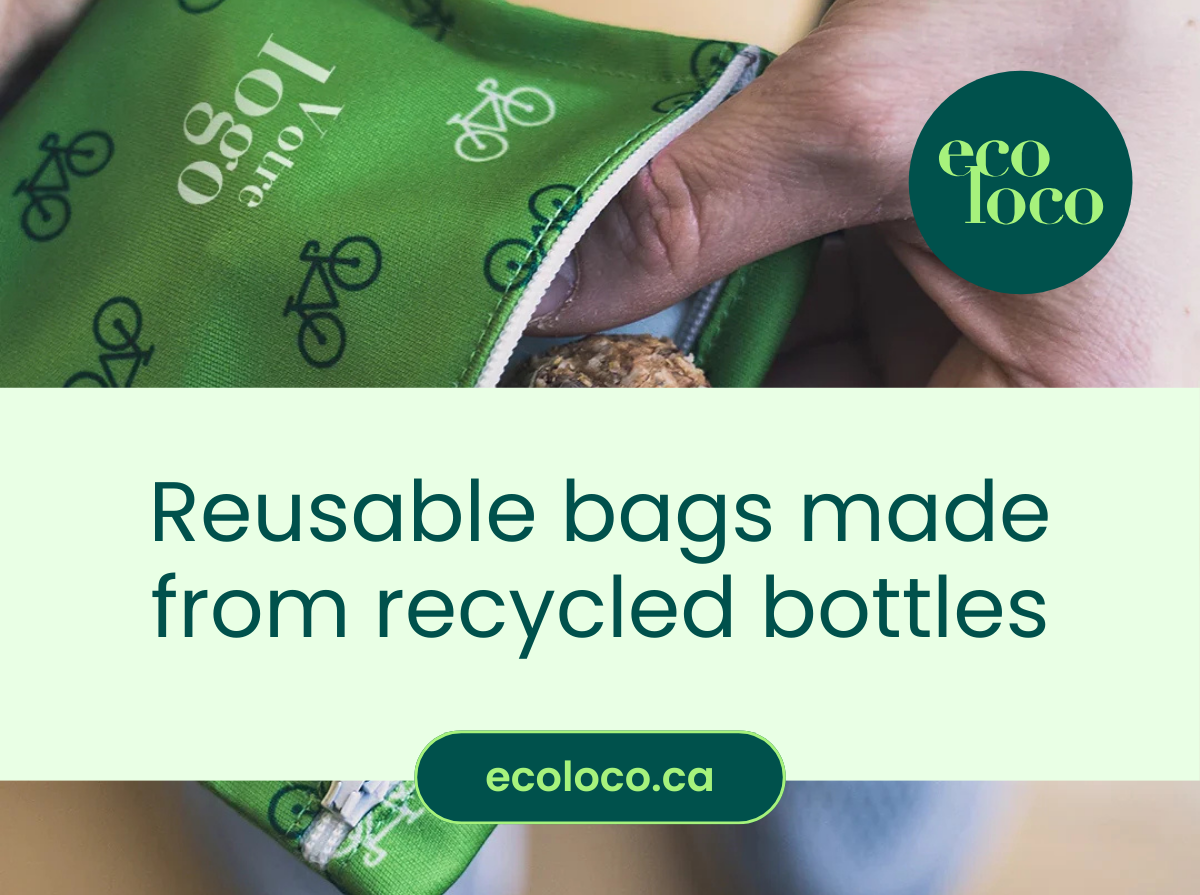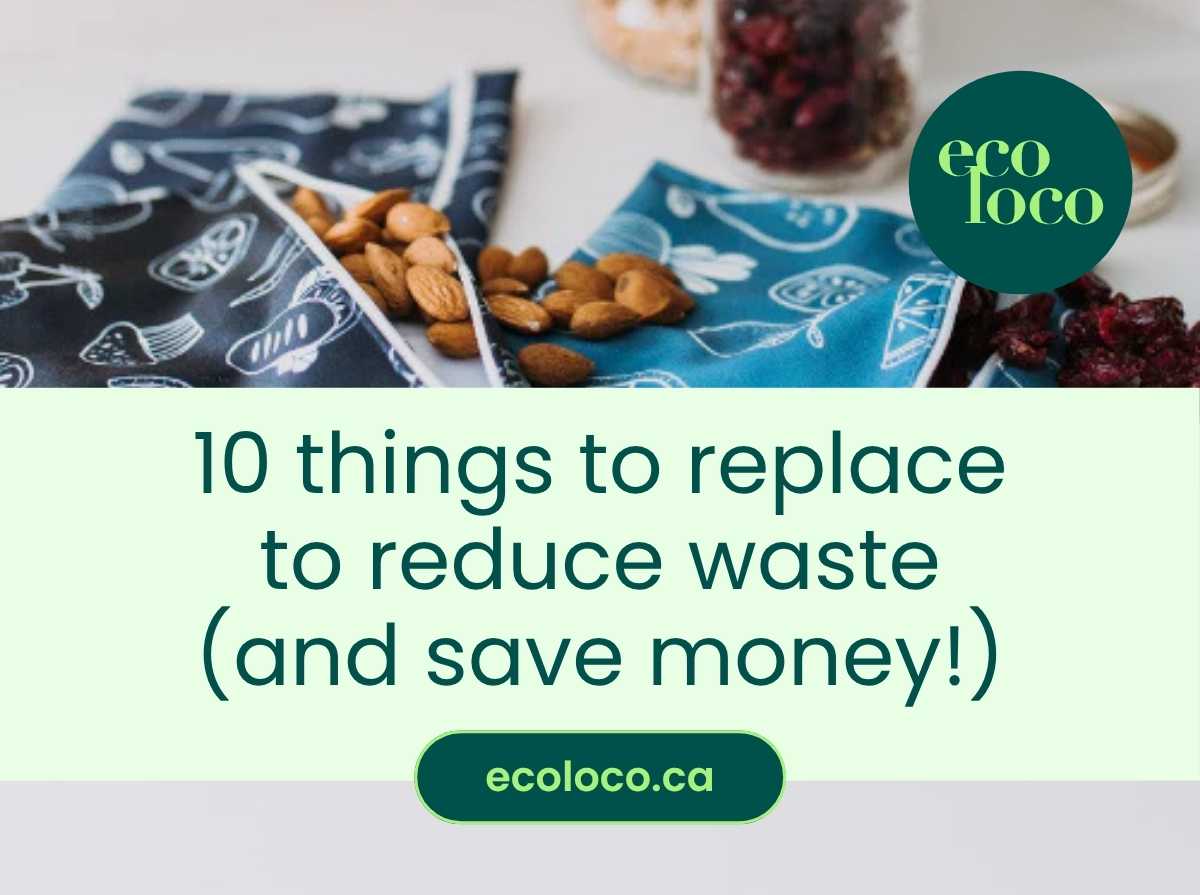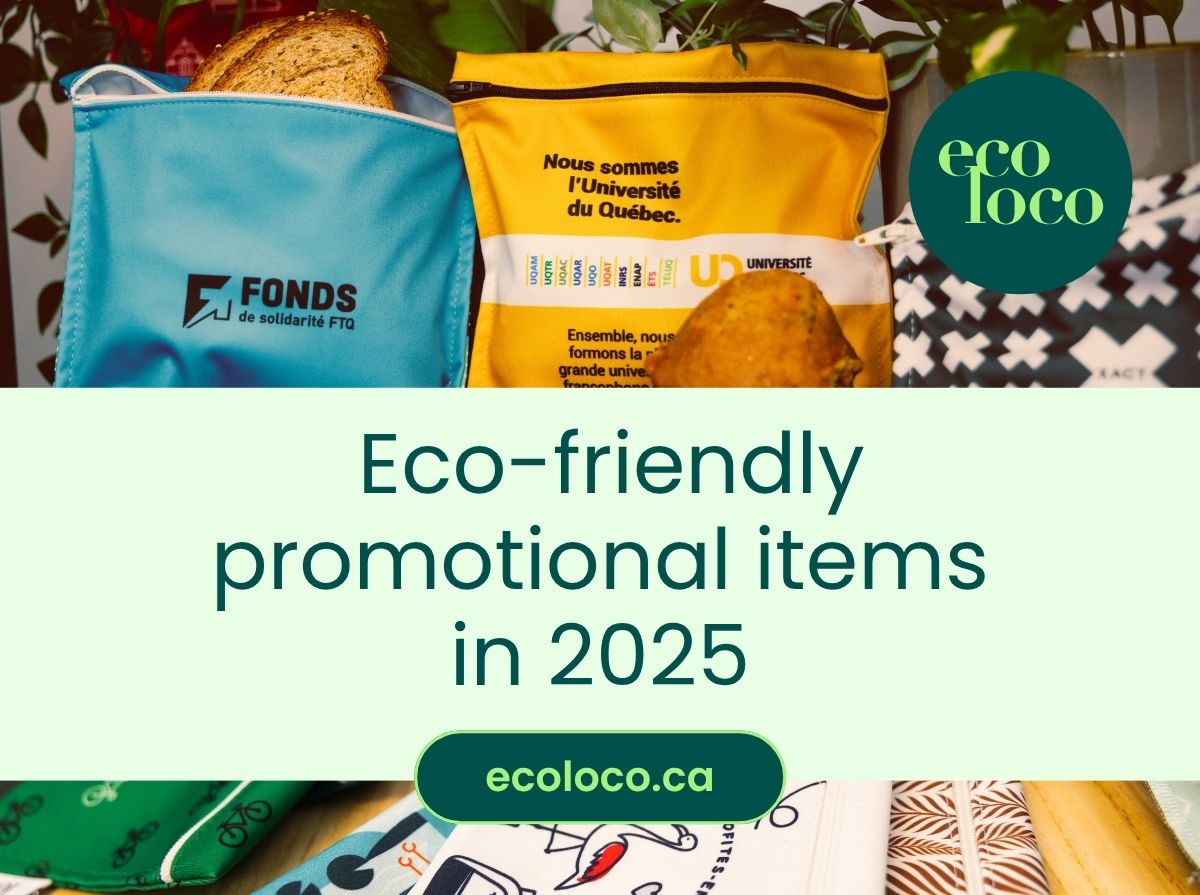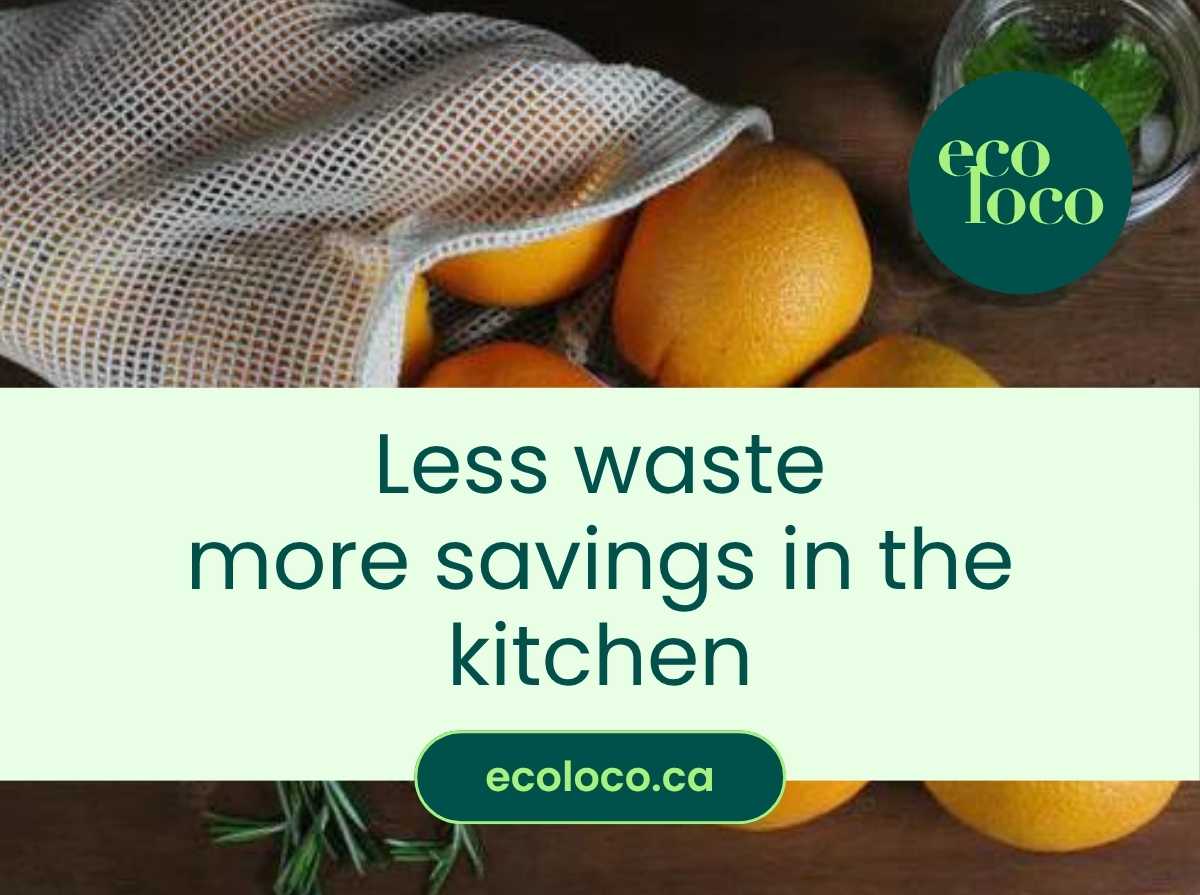
In our first article, we discussed how avoiding food waste reduces our ecological footprint.
In that same article, we stated that food is an important part of our consumption and that the ecological footprint differs according to the way we consume individually and collectively. In this article, we'll look at meat consumption. Next, we'll look at where our food comes from and how it's grown.
Meat consumption in figures
According to Agriculture Canada statistics, per capita meat consumption in Canada in 2021 will be 85.51 kilos, to which must be added around ten kilos of fish (you won't find this figure in the table, as it wasn't counted in 1980) .
Looking at these figures, we can see a significant drop in total meat consumption per capita (and beef!) between 2003 and 2021. This can certainly be explained by a number of factors, including the price of this commodity, and growing awareness of one's own health and that of the environment.

The impact of meat consumption on the environment
It's a long-established fact, and a number of studies on the ecological footprint of meat consumption speak for themselves: meat consumption has a major impact on the environment.
The International Reference Center for Product Life Cycle Assessment has conducted more than one study on the subject. Here are some of the results:
- A vegetarian diet reduces the greenhouse gases (GHG) released by agricultural production by 25% to 35%, and by 30% to 50% for a vegan diet (entirely plant-based).
- Animal-based food production is responsible for 72% to 78% of all GHG emissions from the global agricultural sector.
- The production of 1 kg of beef generates 32.5 kg of CO2, 33 kg of CO2 for 1 kg of lamb and 2.9 kg of CO2 for 1 kg of pork.
- In comparison, 1 kg of soybeans, nuts, rice or vegetables generates around 1 kg of CO2.

Source: The International Reference Center for Product Life Cycle Assessment
Strategies for reducing meat consumption
Changing one's eating habits can be time-consuming and difficult for some people. It's perfectly normal that it requires not only effort, but also a dose of motivation, research and creativity.
Without being exhaustive, we'd like to give you a few tips or challenges to help you make progress.
You could start with a month's challenge. A month without beef. With all the variety you'll have left, this shouldn't be insurmountable. You could keep this habit for the rest of your life.
Then you could do the meatless Mondays challenge : no beef, chicken, pork... Again, you'll have lots and lots of variety left over for the rest, and this could lead to some wonderful discoveries. There are plenty of websites specializing in vegan recipes. You can start with the Vegan Québec site, which offers a wealth of information, recipes, cooking tips and tricks...
One thing's for sure: you don't have to go 100% vegan with both feet. You can start by trying out a few recipes and opting for a flexitarian diet.
Flexitarianism, or semi-vegetarianism, is a dietary practice whose daily basis is vegetarian, but which allows for occasional meat consumption. Consumers who choose this type of diet considerably reduce their meat consumption without actually becoming vegetarians or vegans.
It has been proven and demonstrated by several highly relevant sources that the ecological footprint associated with meat consumption is grandiose, spectacular. As with any change in eating habits, it's important to go through trial and error, to give yourself time to acclimatize, so as to ensure that the change lasts. The important thing is to make progress in reducing our ecological footprint, and cutting back on meat consumption is certainly an avenue worth exploring.
Ecologically yours,














0 comments